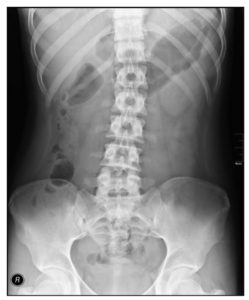Many individuals seek disability benefits for back or neck impairments. When the Social Security Administration evaluates a back claim, the agency will look at the following:
- The objective signs and symptoms of your back problem (objective refers to things that can be demonstrated scientifically; for example, x-rays or MRIs).
- Any functional limitations your back problem causes. For example, if your back problems prevent you from bending over or if require you to change positions every few minutes.
- Your credibility.

Spinal Disorder Evidence
Neurological Compromise from Spinal Impairment
The second important criteria for a finding of disability is evidence of neurological compromise from the spinal impairment. For example, if an individual has degenerative disc disease of the lumbar spine, Social Security will look for evidence that the degeneration is causing nerve root irritation and resulting in weakness in the legs, loss of sensation or reflexes or other symptoms.
Functional Limitation Analysis
Social Security also does an analysis of functional limitations from spinal impairments. That means that an individual needs to establish that they are unable to do basic activities like walk, lift and use their upper extremities due to the spinal impairments. The extent of functional limitations and how they impact work ability are the most important aspects of a claim. The more functional limitations, the more likely that an individual will be found disabled. It is important to clearly document deficits in the ability to sit, stand, walk, lift and use the arms that might result from a spinal impairment.
For a complete listing of criteria for back disorders by the Social Security Administration, click here.

